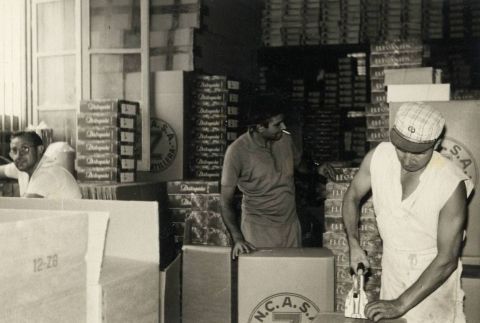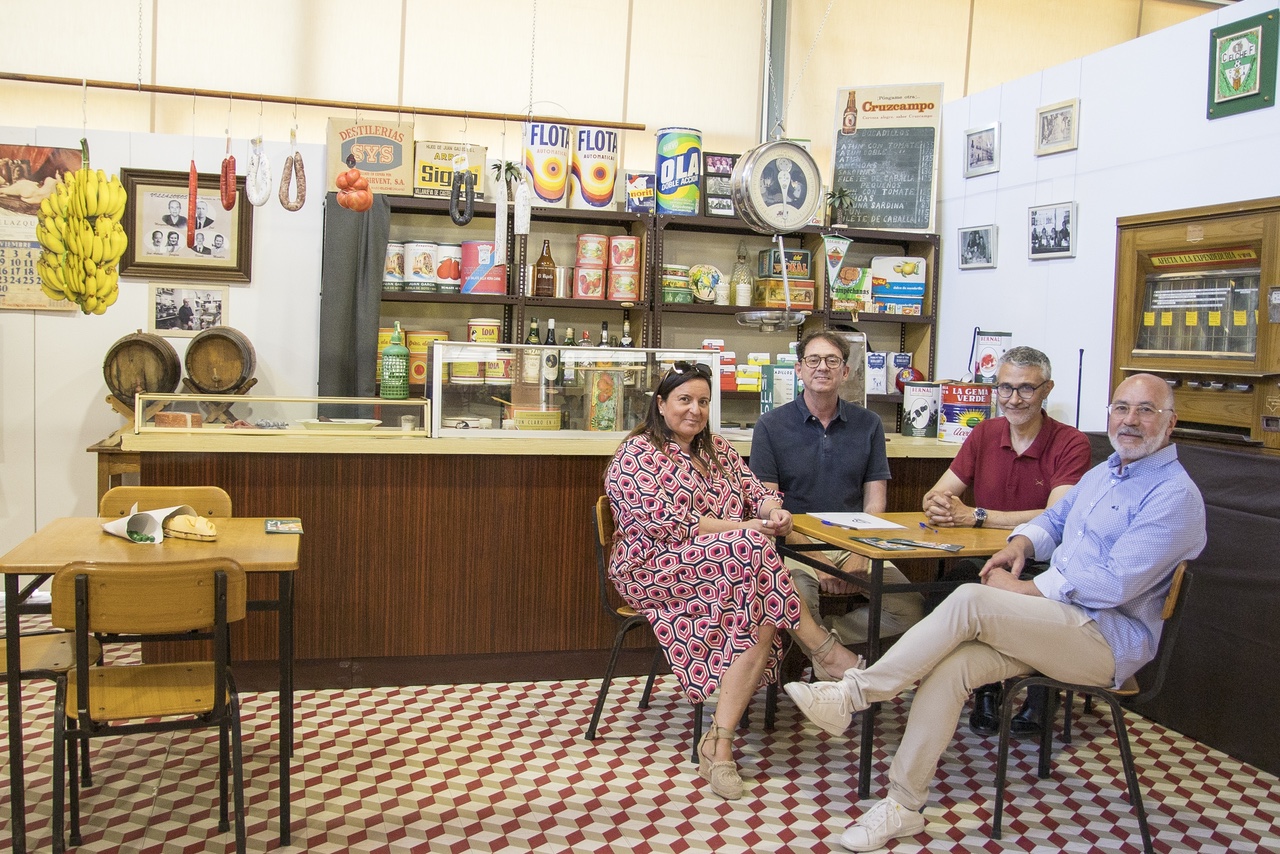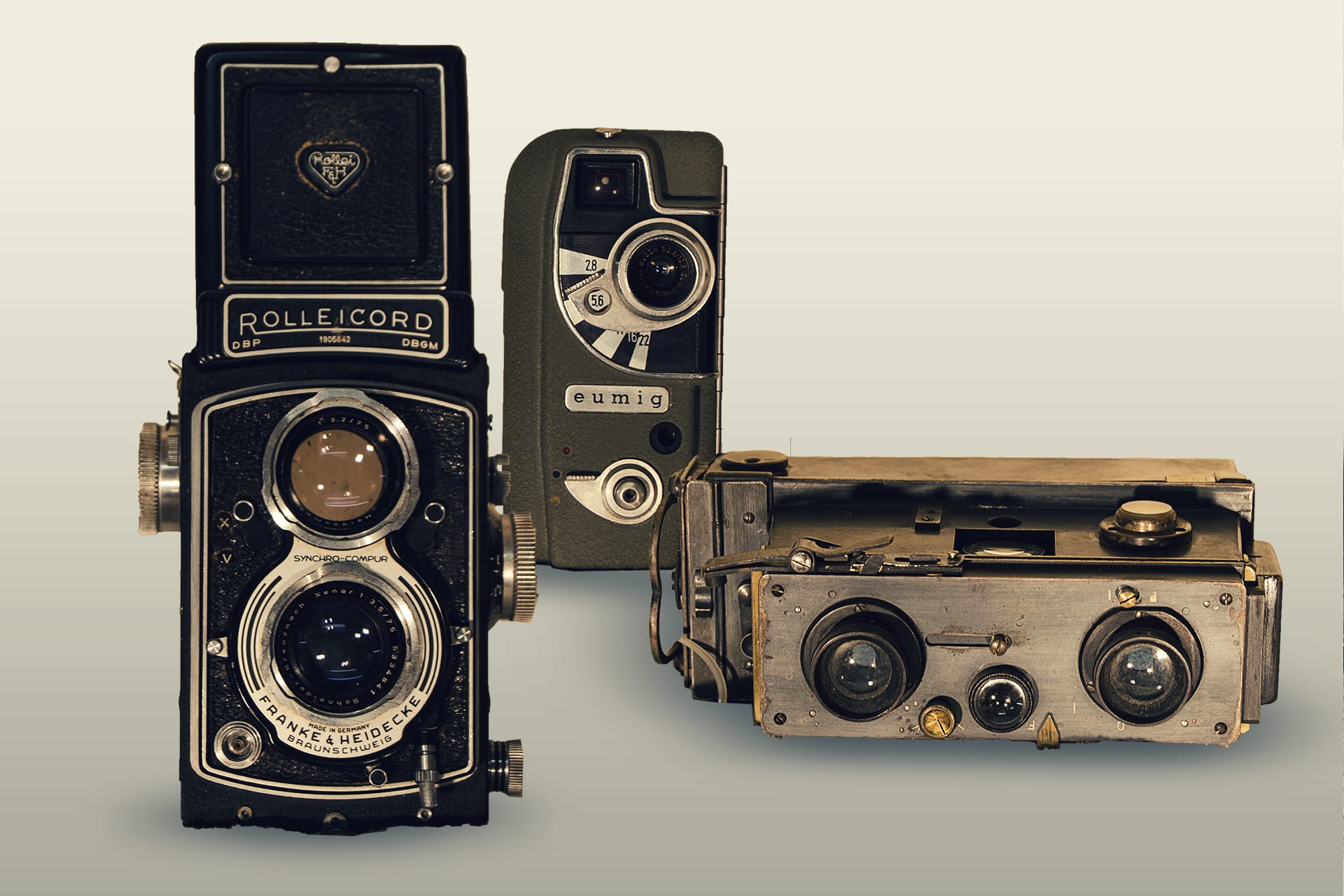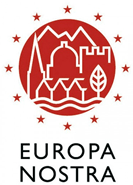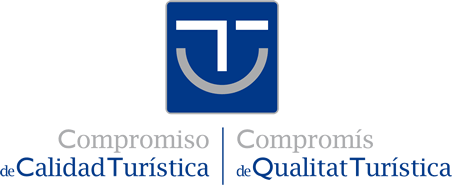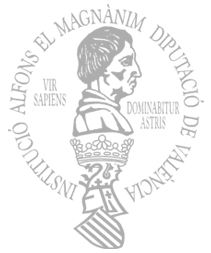
Footwear as heritage
02-07-2022
The strong industrial imprint of Elche has its roots in an active and diversified craft whose evolution, already in the middle of the 19th century, will result in the transition to a modern secondary sector, a process masterfully explained by the teacher (and friend) José Antonio Miranda. Throughout the nine hundred, footwear and components will bring together the main activities in a city that, in the fifties, according to Professor Sevilla, concentrated more than two thirds of employment in them. Being a labor-intensive manufacture, footwear will attract thousands of immigrants to a municipality that in fifteen years (1961-1976) will double its population, experiencing a strong urban growth that the General Plan of 1962 and its revision of 1973 They will try to order.
The presence of footwear in our recent history, that of our parents and grandparents, is undeniable; that of so many streets, squares, neighborhoods, buildings and memories through which our present travels. Because footwear is undoubtedly present; a leading and thriving manufacture rooted in the town, to which it gives international name and prestige. Manufacturing whose national reference center, precisely, is in the Sixto Marco Institute of our city.
But footwear is also past and is memory; a sector that, in Elche, is transversal to our lives and not only provides us with the final product -shoes-, but also forms an endearing urban geography -Plaza de la Aparadora, La Zapatillera neighbourhood, Ripoll flats- and a vocabulary and popular expressions, sometimes understandable only to beginners. Therefore, footwear is not only an economic asset in our city, but also constitutes a cultural heritage that characterizes us and identifies us as a group. You will agree with me that we are also the history of footwear, a valuable heritage, already centuries old, forged by all those who made it possible to get here. A story that, although it continues to live in the industrial and entrepreneurial nature that is so daily for all of us, urgently needs to be preserved and transmitted.
Like all human activity, the industry, in general, and the footwear industry, in particular, treasures, in effect, a rich past that, although it has been the subject of excellent academic studies, has, on the other hand, generated a diverse heritage whose conservation is problematic and that it has suffered an uneven fate. And I am not referring only to tangible goods, such as buildings, machines, furniture, tools or the companies' own archives, but also to intangible heritage -our peculiar know-how- and, even, territorial, insofar as the urban expansion of the second half of the 20th century is contextualized in the strength experienced by the sector at that time.
Despite the fact that, in recent years, the industrial heritage has produced abundant scientific and informative literature (with the drafting, even, of a National Plan at the beginning of the current century); and it has looked at the legislation (with the specific protection of elements or groups that is made in some laws, such as that of the Valencian Cultural Heritage), its safeguarding and, ultimately, its protection will only be possible if society values it and makes it yours. In Elche, already in the eighties voices arose that defended the creation of an industry museum, for which, over time, various venues were proposed, such as the Molí Real or the facilities of l'Algeps. The well-remembered Sixto Marco was the architect of that meeting of businessmen held in 1990 with the purpose of promoting the start-up of a museum of these characteristics, in which footwear, obviously, would have an undoubted role. There was even a proclamation by Mayor Manuel Rodríguez requesting citizen collaboration to make it a reality, initiatives that show the interest with which, even then, the existence of this heritage and the need to protect it were made known, issues that were also raised I echo some media that, intermittently, have captured this issue. In recent years, from the UMH and, specifically, from the San Crispín Chair of Footwear, they have been working on the creation of this museum, a project that has been put on the table on several occasions and that has also been discussed in the Mixed Commission with the City Council, with which the rector of the University has always shown the mayor of our city his total predisposition to collaborate in the implementation of an initiative like this, of such relevance for the city.
At this point we must also mention the activity carried out by the Puçol School Museum, a center that, since its inception, has been preserving the memory of the Elche industry and, therefore, disseminating its importance and advocating for the protection of its heritage. Among the museum's scientific-technical collection, the footwear sector stands out, with dozens of machines, tools, accessories or samples, as well as abundant documentation, materials all donated by their owners in an exercise of commitment and generosity both with this industry and with our community future. Quite rightly, already in the first issue of El Setiet, the magazine published in Puçol, it was stated that Elche deserved an industry museum because it had a whole history to fill it with, an opinion that we at the San Crispín Footwear Chair endorse. As Professor Cavero, director of this Chair, said a few weeks ago, on these very pages, this is one of the tasks that, in part, falls to us and for which we need all of you.
Author: Rafael Martínez García, director of the School Museum. Secretary of the San Crispín Footwear Chair of the UMH of Elche.
*This article was published by Diario Información on June 12, 2022, in Elche INF+ LOCAL.
